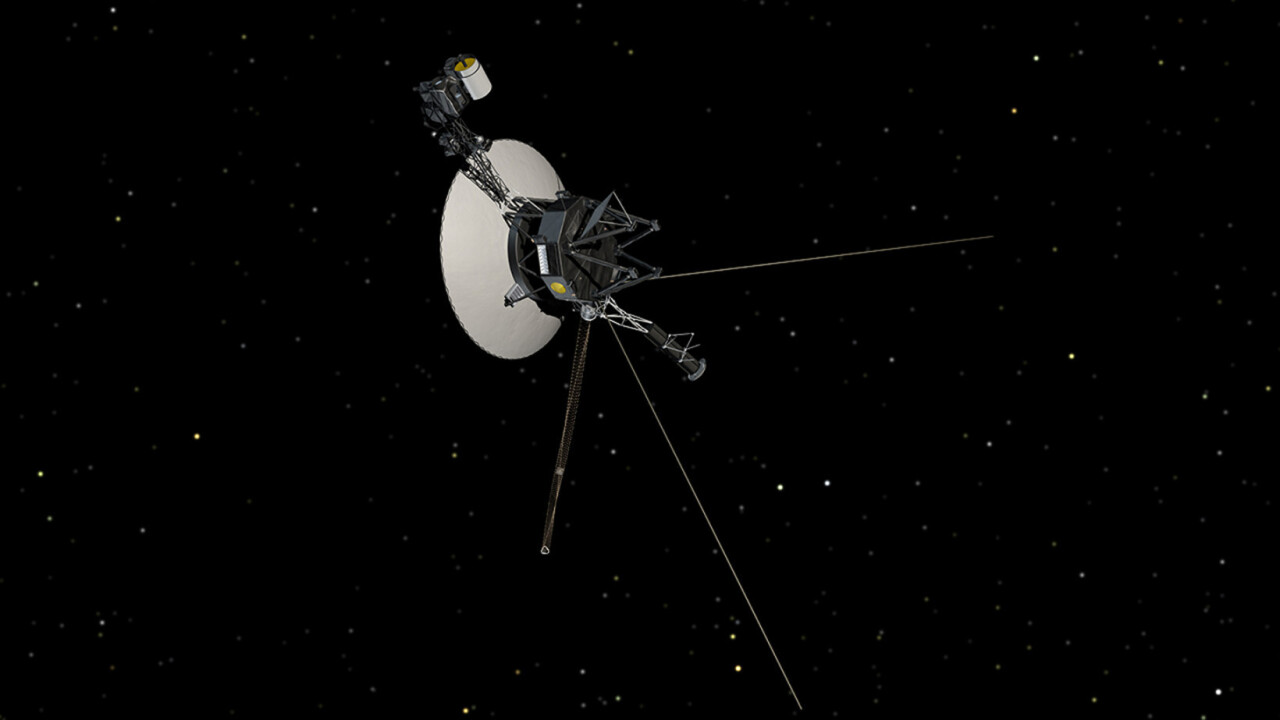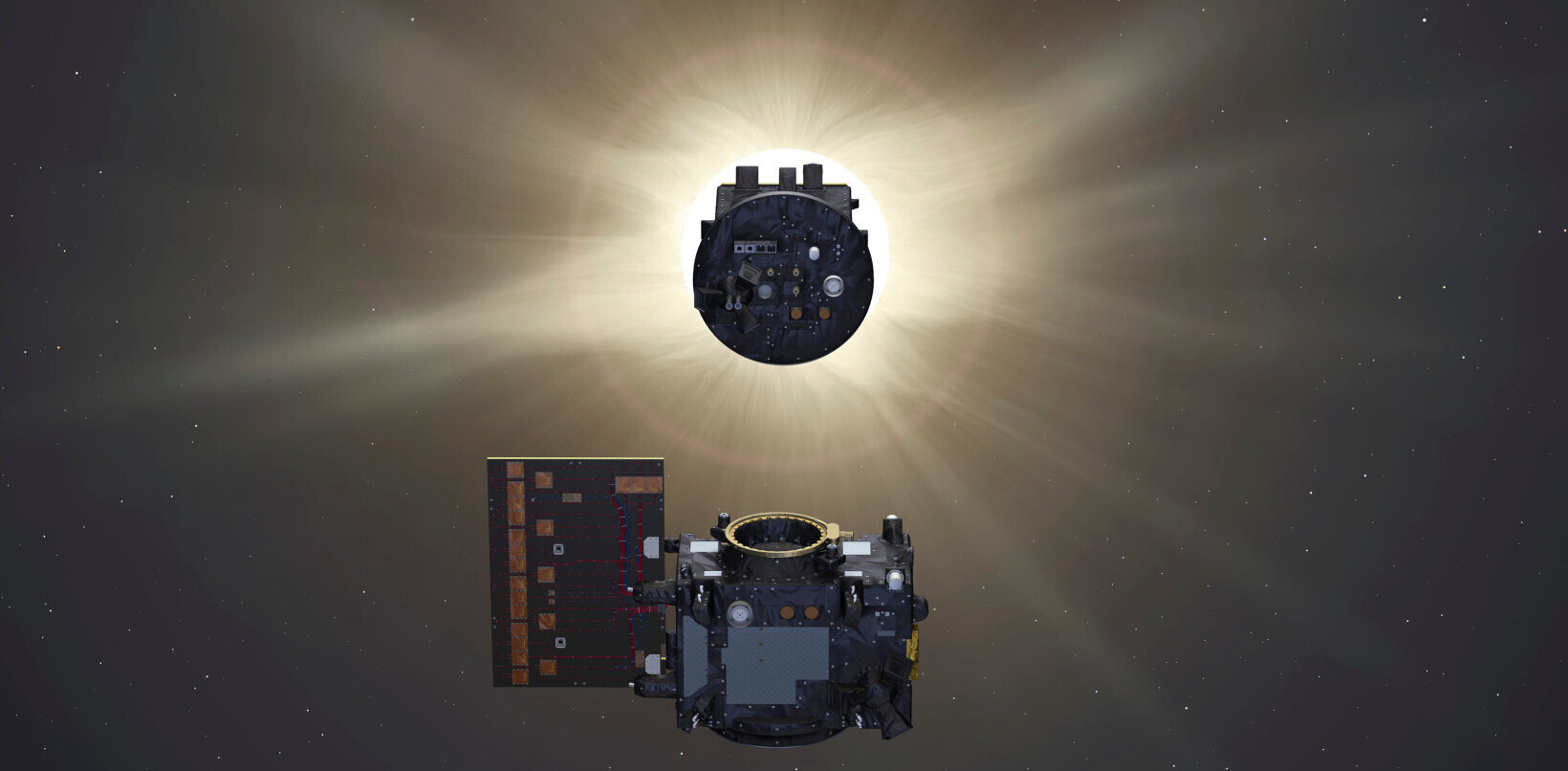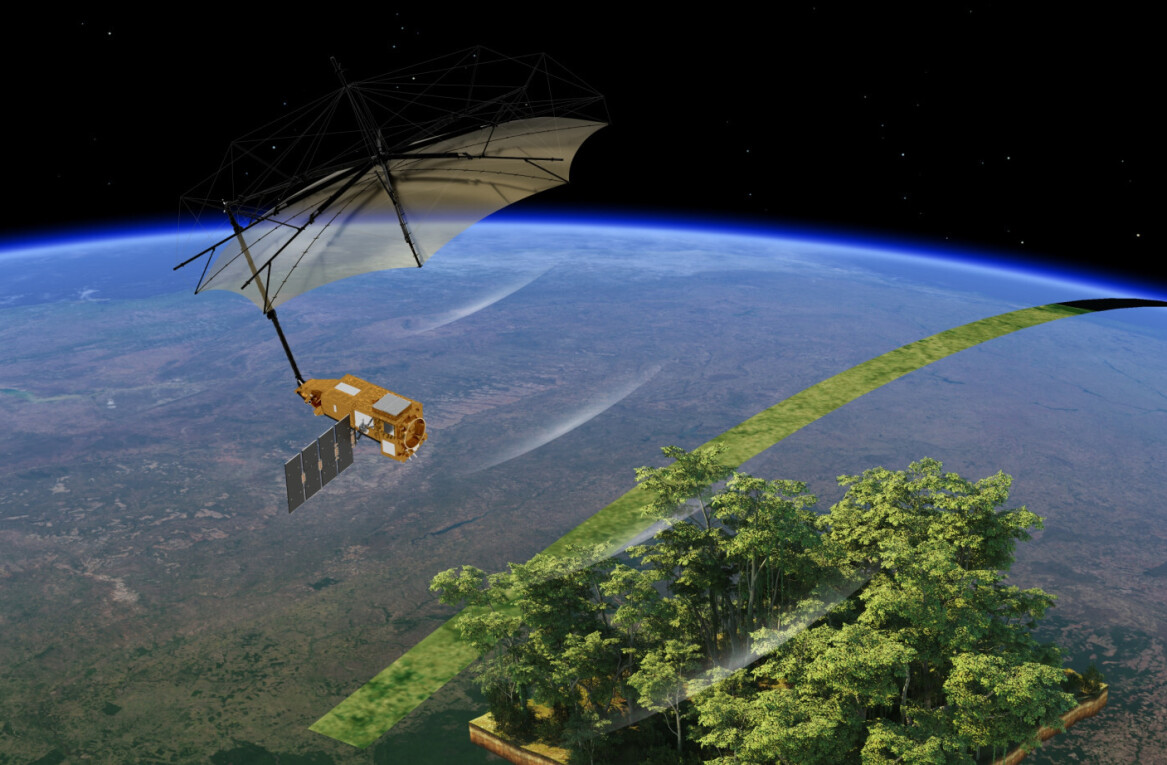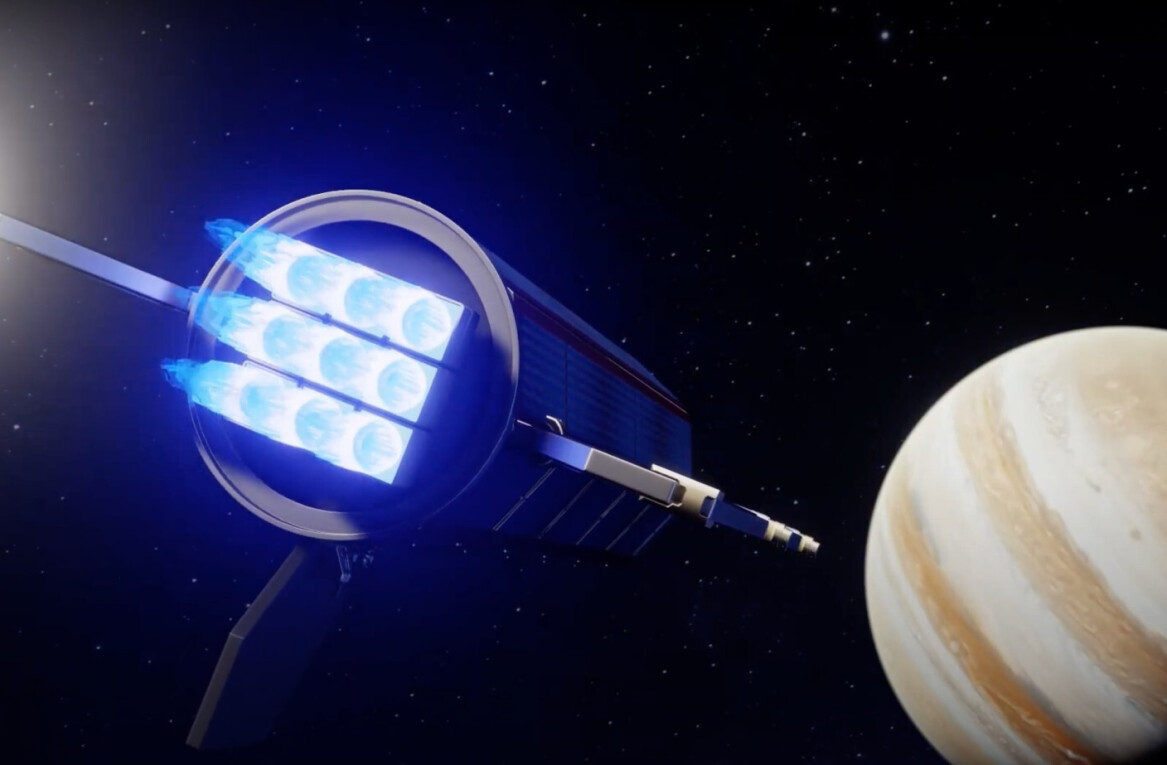In September 1977, Voyager 1 was launched to space on a journey to visit Jupiter and Saturn, before heading out to the stars. NASA’s robotic explorer reached the heliopause — leaving the solar system (by one major standard) — in 2012.
Now, a new study focused on a hum heard by the intrepid space shows this overlooked signal could tell us a great deal about the distant void lying outside our solar system.
Voyager 1 is now over 22.5 billion kilometers (14 billion miles) from Earth, soaring through a diffuse mixture of particles and gas called the interstellar medium. This hum, recorded since 2017, is thought to be the result of plasma waves in this cosmic soup.
“It’s very faint and monotone, because it is in a narrow frequency bandwidth. We’re detecting the faint, persistent hum of interstellar gas,” explains Stella Koch Ocker, a doctoral student in astronomy at Cornell University.
Waves? Time for a sea shanty! What? They’re passé already?
Two years after launch, Voyager 1 encountered Jupiter in 1979, and Saturn three years later. When the NASA spacecraft raced past the heliopause (a magnetic bubble, driven by the Sun) in August 2012, it was traveling at more than 60,000 KPH (38,000 MPH).

The interstellar medium — a soup of particles and radiation — is often pictured as being calm and serene — but that now appears to be an erroneous notion. Like oceans on Earth, the interstellar medium has been found to be filled with waves.
The largest of these waves result from the rotation of our galaxy, as space smears against itself, forming swells stretching tens of light years across. Supernovae produce smaller (though still sizable) waves, while solar eruptions from our own Sun, pushing through the heliopause, are responsible for the smallest undulations.
These waves can tell astronomers about the density of the interstellar medium. Their energy causes electrons to vibrate at specific frequencies, depending on the density of electrons surrounding the spacecraft. Higher frequencies reveal the presence of greater densities within the tenuous matrix.
“The interstellar medium is like a quiet or gentle rain. In the case of a solar outburst, it’s like detecting a lightning burst in a thunderstorm and then it’s back to a gentle rain,” James Cordes, astronomy professor at Cornell, explains.
Studying Waves has its Ups and Downs
The far-flung pilgrim to the stars has now spent eight years exploring the void between the stars. Slowly, astronomers and astrophysicists are forming new ideas about this region of space from the findings of the two Voyager spacecraft.
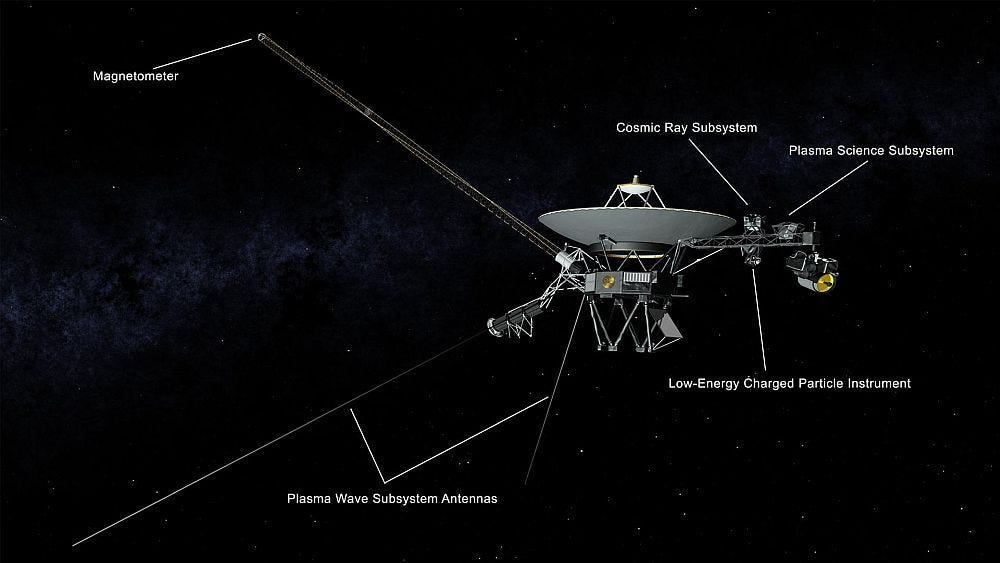
“The Voyager 1 Plasma Wave System has given point estimates of the plasma density spanning about 30 au of interstellar space, revealing a large-scale density gradient and turbulence outside of the heliopause,” researchers wrote in the journal Nature Astronomy.
After crossing into interstellar space, the Plasma Wave System instrument onboard Voyager 1 recorded changes in the interstellar medium caused by the influence of our distant star.
Even now, however, this NASA spacecraft is still close enough to the heliosphere that most of the “waves” in the ocean felt by the spacecraft are the result of solar effects. However, as the spacecraft moves further from the Sun, effects from other stars will become more prominent.
“We have some ideas about how far Voyager will need to get to start seeing more pure interstellar waters, so to speak. But we’re not entirely sure when we’ll reach that point,” Ocker explains.
This new study (likely) represents the first continuous measurement of interstellar material. Researchers suggest low-level disturbances in the plasma waves may be greater than expected, allowing study of these perturbations over a long period for the first time.
Earlier studies relied on waiting until the Sun happened to be influencing these outer boundaries of the Solar System, providing an opportunity to see ripples in the interstellar medium.
“V’Ger must evolve. It’s knowledge has reached the limits of this universe and it must evolve. What it requires of it’s god, doctor, is the answer to it’s question, ‘is there nothing more?’” — Commander Spock, Star Trek: The Motion Picture
Researchers found this lone, faint signal — a plasma wave emission, like a single note which changes over time — recorded by Voyager over years. By measuring the change in pitch, it was possible to map out the density of the interstellar medium through which Voyager 1 passed.
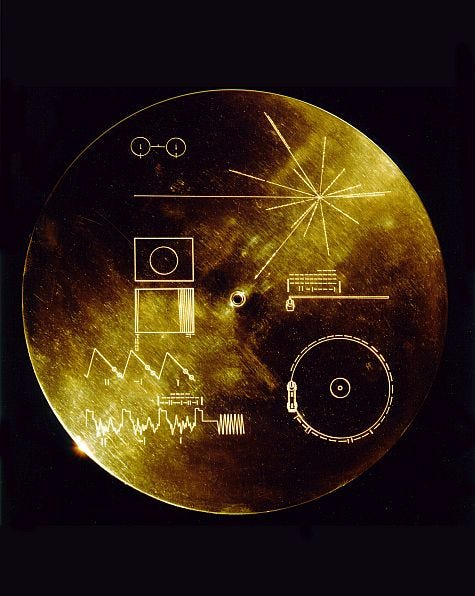
They found the density of the interstellar medium around Voyager 1 rose 4000% between 2013 and 2014, reaching current readings in 2015.
“Regardless of what the sun is doing, Voyager is sending back detail. The craft is saying, ‘Here’s the density I’m swimming through right now. And here it is now. And here it is now. And here it is now.’ Voyager is quite distant and will be doing this continuously,” Cornell research scientist Shami Chatterjee describes.
Astronomers hope this discovery will help them learn more about how the interstellar medium interacts with the heliosphere — the protective layer of charged particles at the edge of our family of planets which protects our solar system from galactic cosmic rays.
If, by any strange coincidence, an alien intelligence were to encounter either Voyager in the distant future (in a weird-please-don’t-make-this-sequel twist on Star Trek: The Motion Picture), they would find a message in a bottle. Attached to each of the spacecraft are golden records, featuring the sights and sounds of Earth. This message to the stars was the brainchild of famed astronomer Carl Sagan.
The Voyager spacecraft continue to make advances in science more than 40 years after beginning their marathon missions to interstellar space.
This article was originally published on The Cosmic Companion by James Maynard, founder and publisher of The Cosmic Companion. He is a New England native turned desert rat in Tucson, where he lives with his lovely wife, Nicole, and Max the Cat. You can read this original piece here.
Get the TNW newsletter
Get the most important tech news in your inbox each week.
